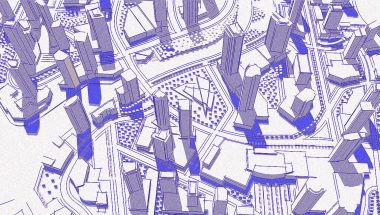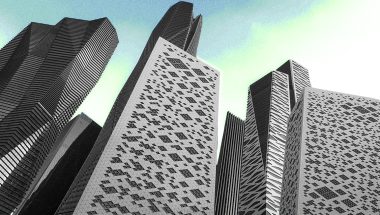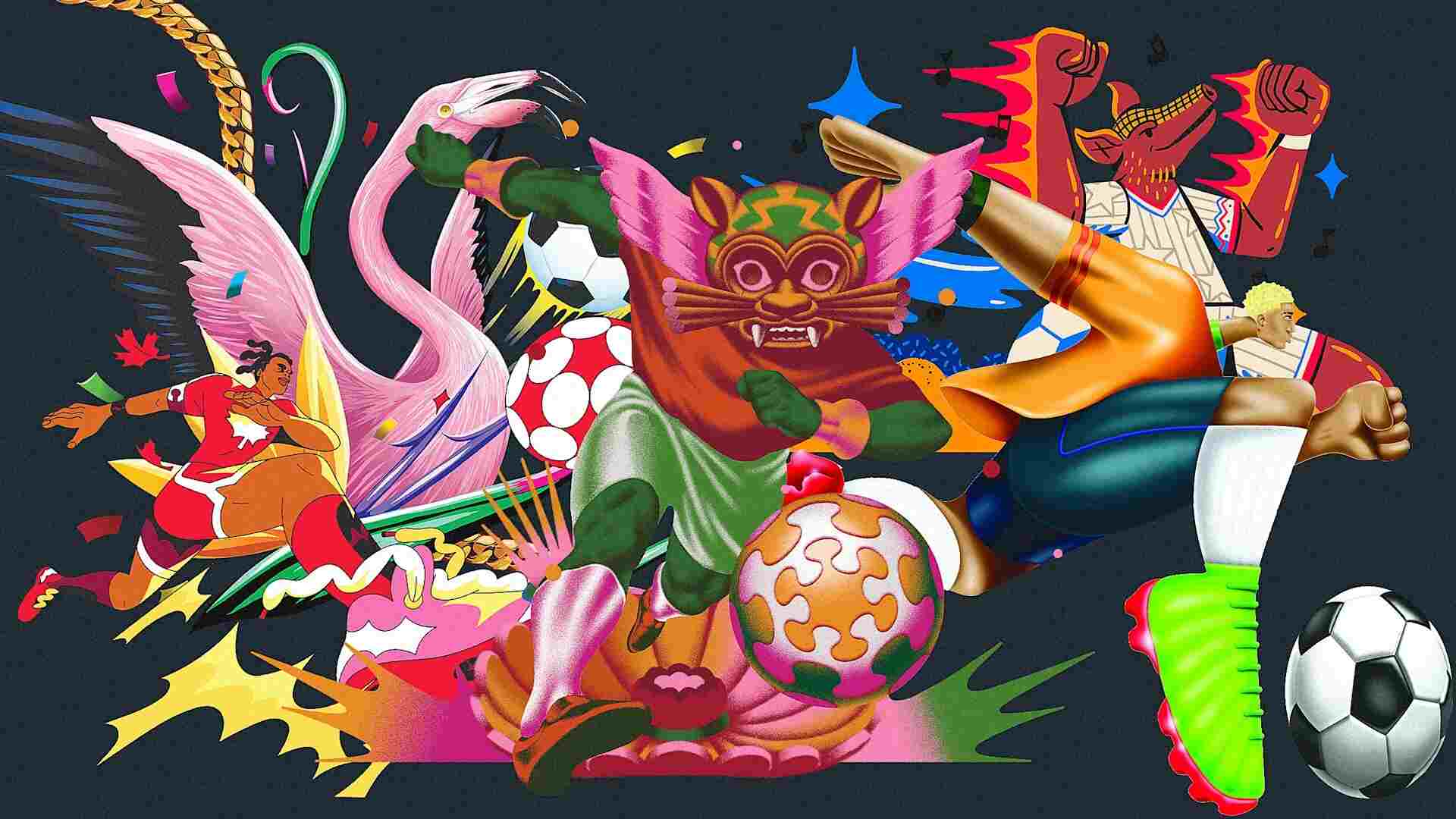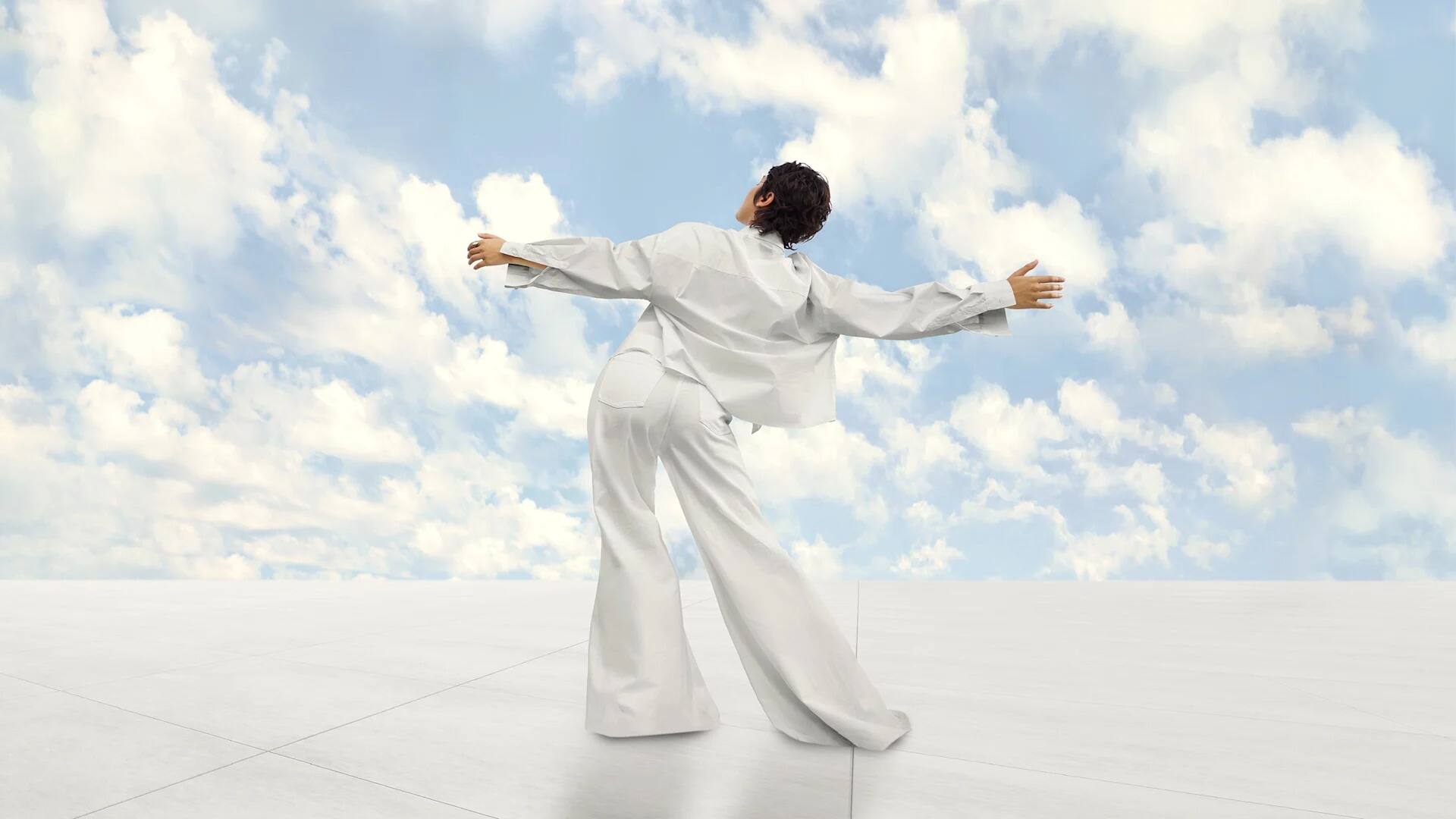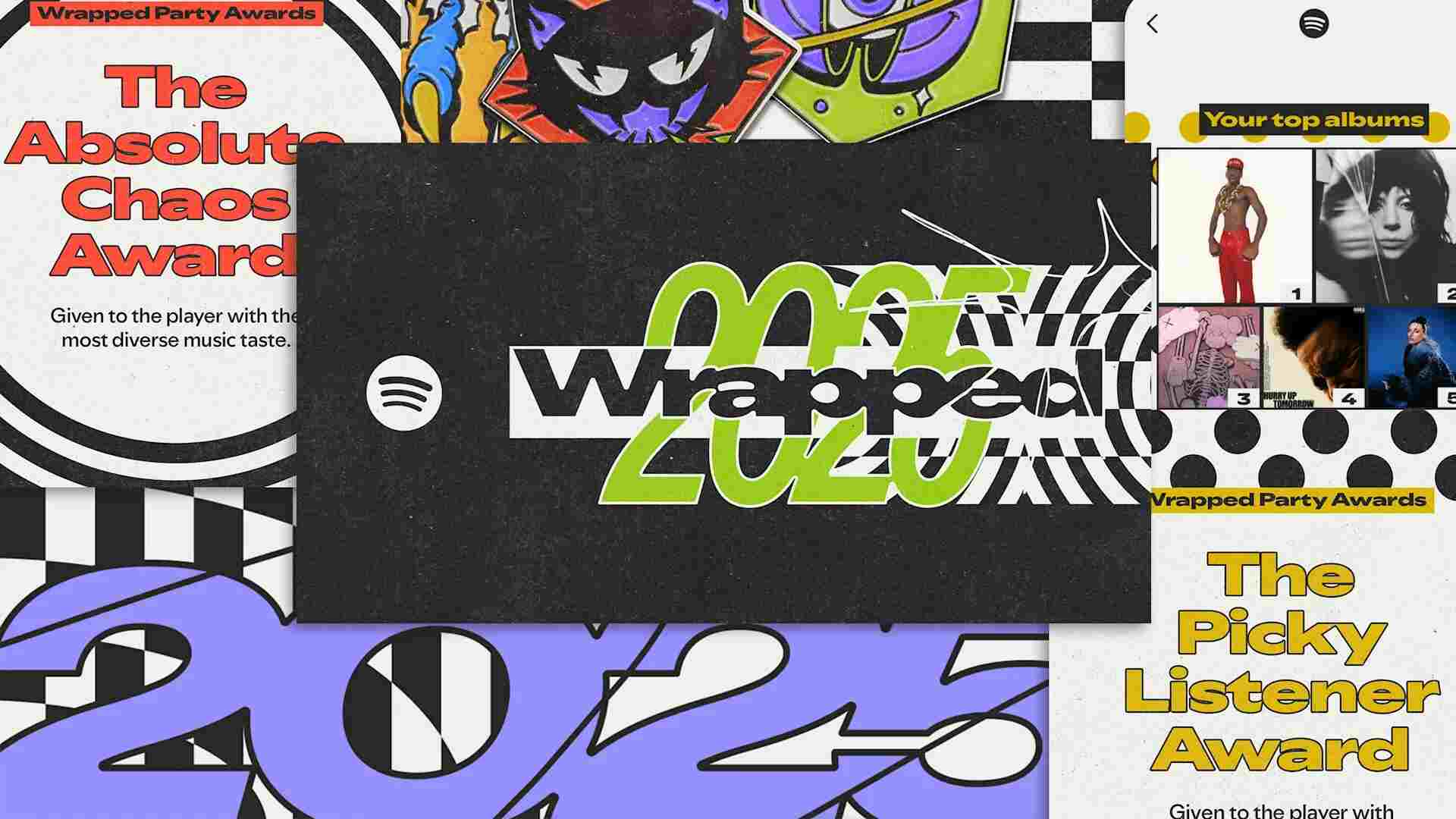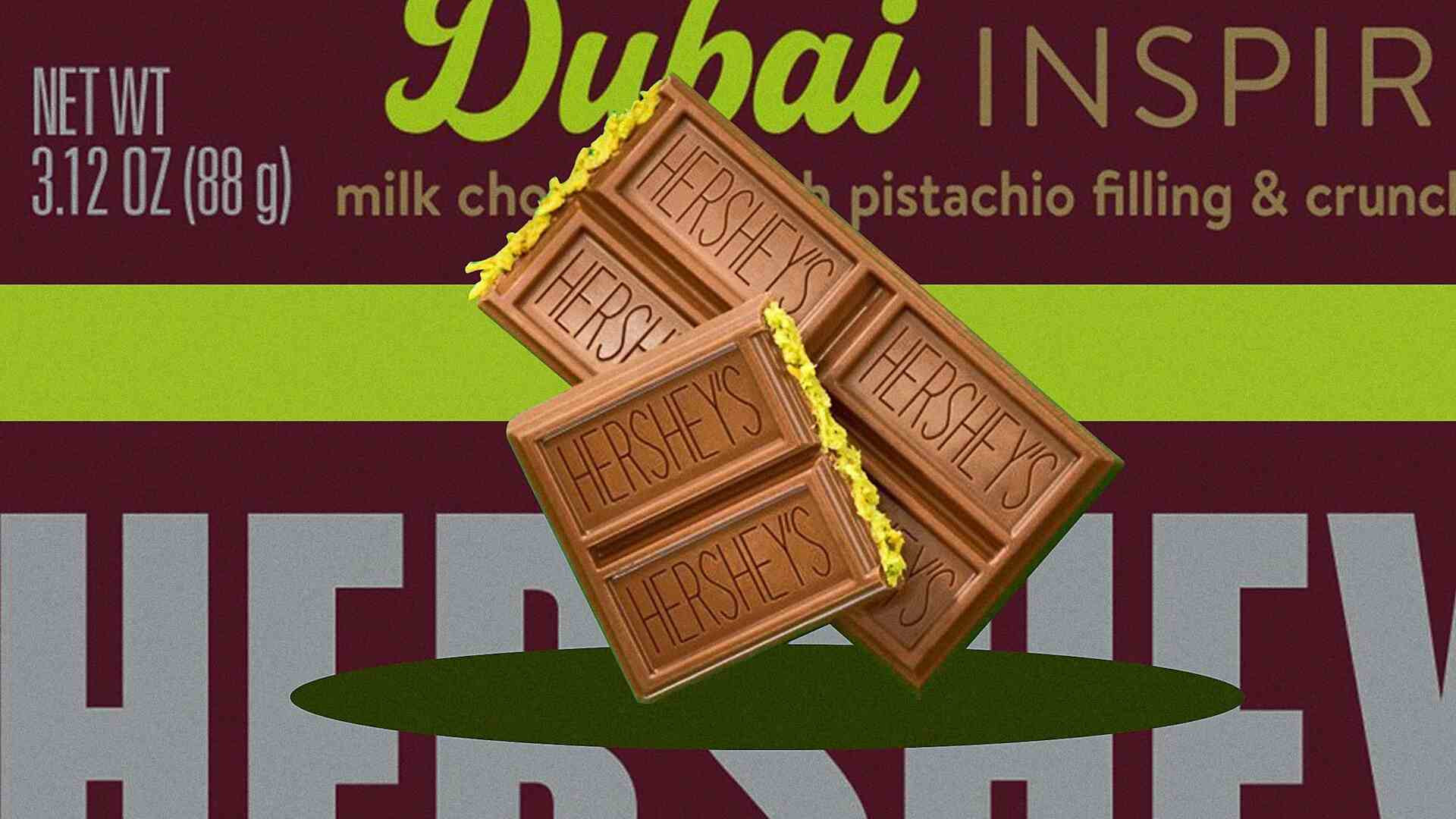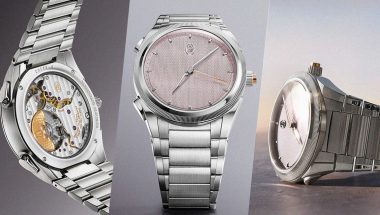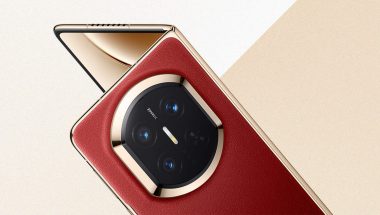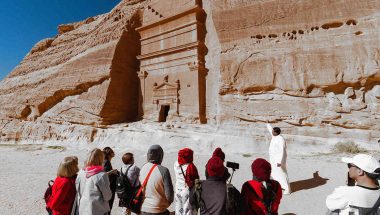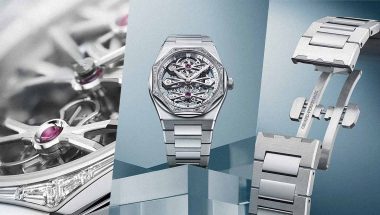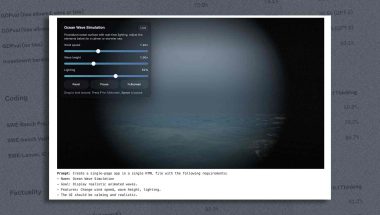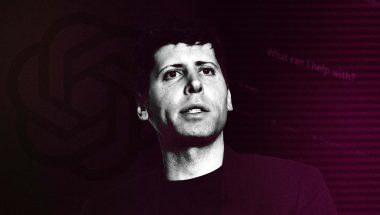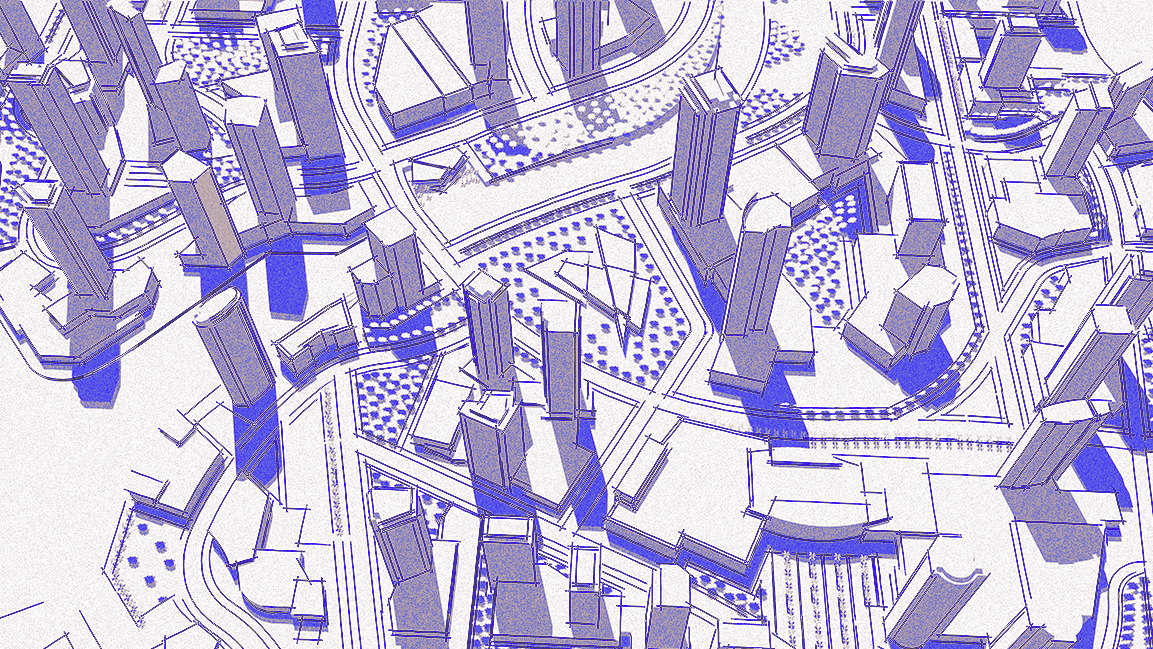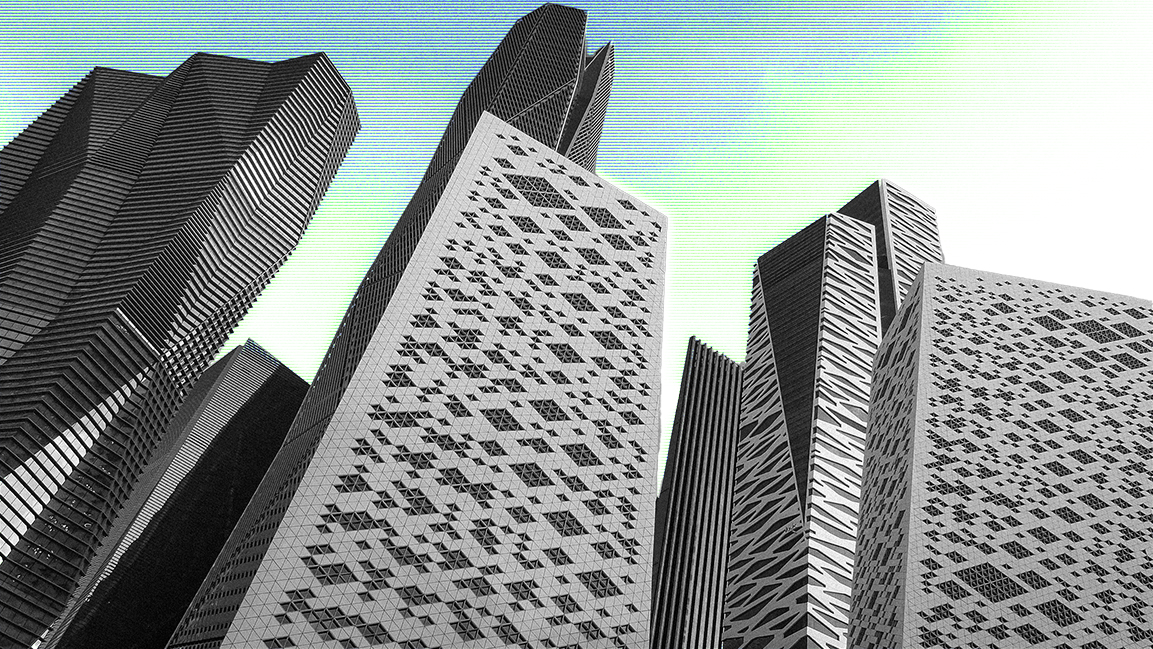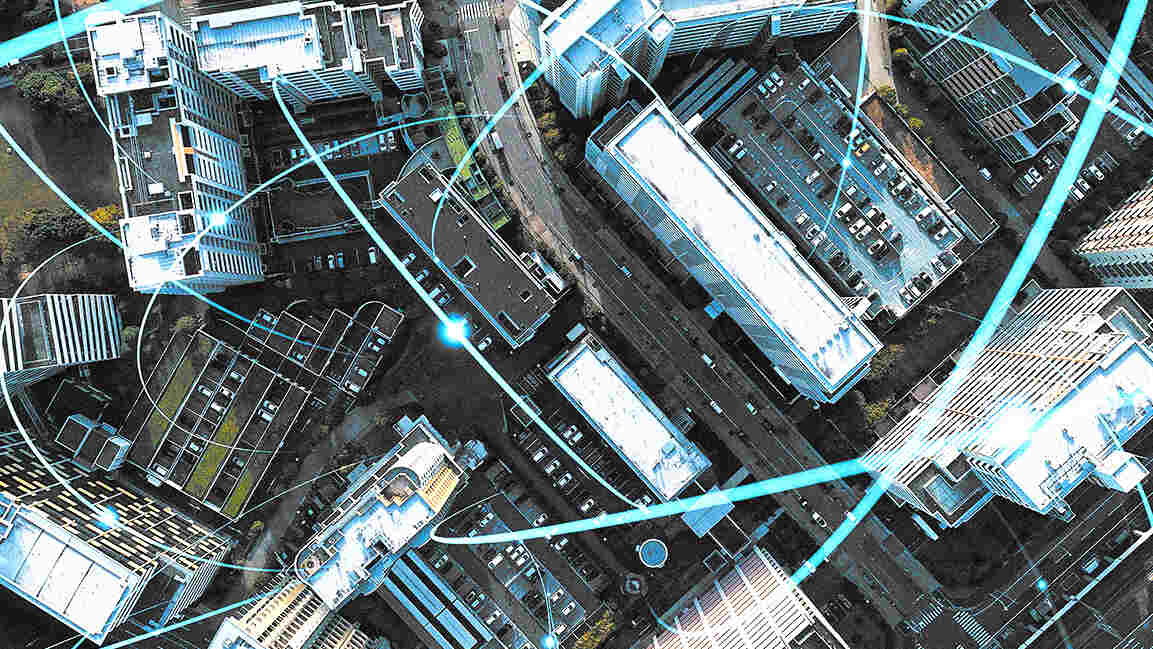- | 10:00 am
Samar Maakaroun believes complexity makes design more human
London-based Lebanese designer on her distinctive process that refuses to treat language as a constraint, instead embracing it as the heart of creative possibility.
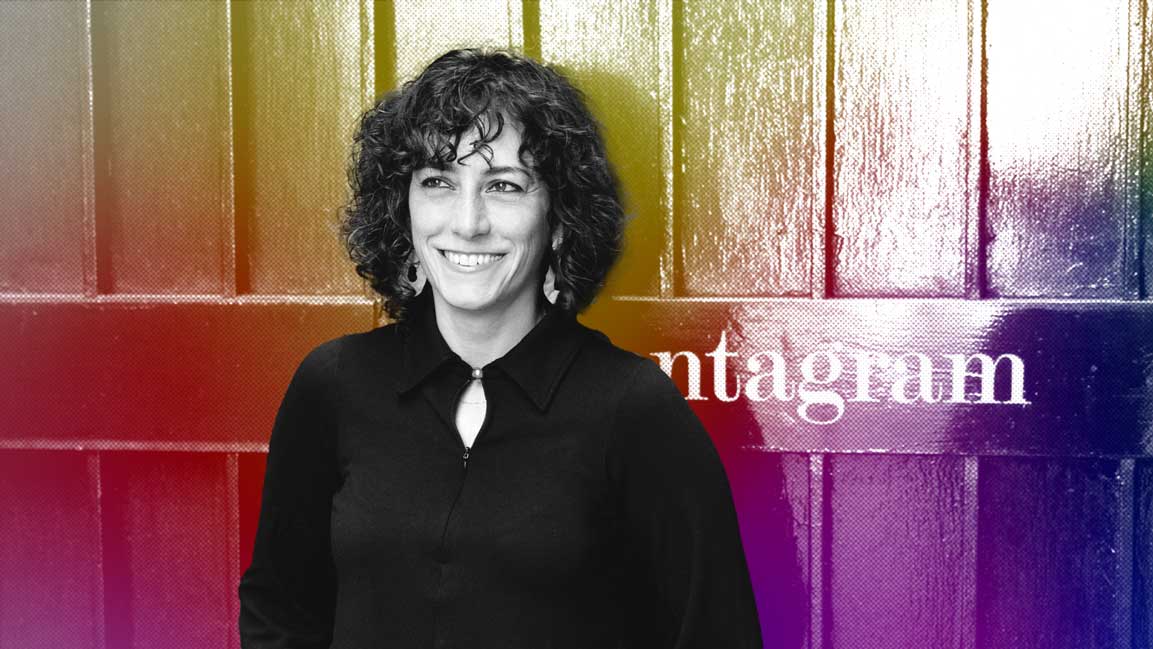
Pentagram Partner Samar Maakaroun is a designer and creative director known for her multilingual approach to design. Her work blends cultural insight, visual storytelling, and a deep respect for language as both structure and symbol. With roots in Lebanon and experience in global studios, she has developed a distinctive process that views language not as a limitation but as a source of creative potential.
When asked which project she is most proud of, Maakaroun highlights Haraka Baraka, a pro-bono collaboration with the charity SkatePal. The brief was to create a book celebrating the Arabic language, but instead of producing a traditional educational text, she envisioned something more poetic and collaborative, grounded in real-life experience.
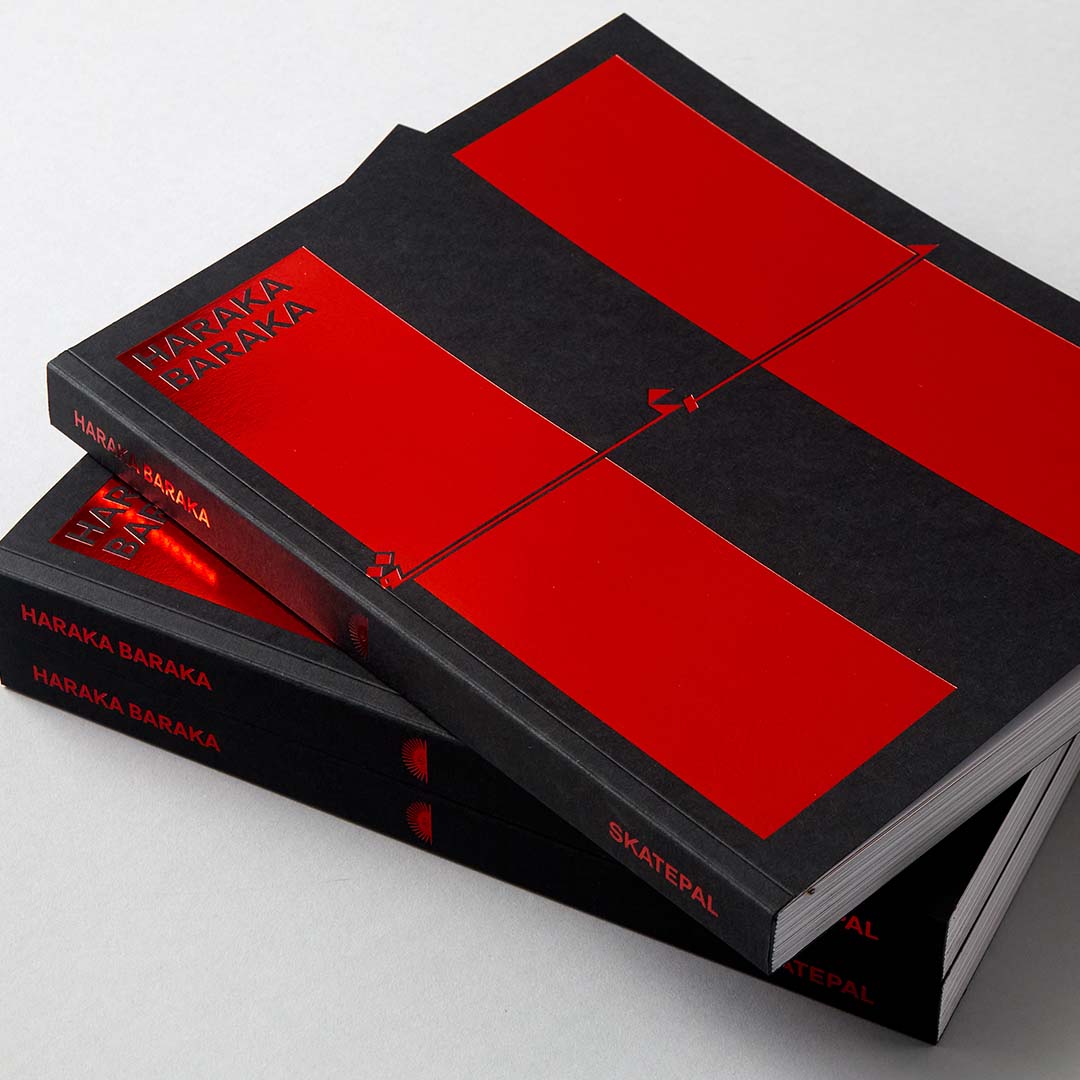
Courtesy: Samar Maakaroun
“Haraka Baraka encapsulates everything I believe about design,” she said. “That language is more than a tool; it’s a space for identity, connection, and play.”
The team started by sending a questionnaire to the skateboarding community, gathering Arabic idioms and expressions that were colloquial, humorous, and often difficult to translate. These fragments of language became the basis for a visual narrative that blended text and image. The book featured dynamic layouts and experimental typography, bringing the Arabic language to life on the page. Arabic and English appeared side by side, each contributing to the story in its own creative way.
“The design was layered and multilingual. Letterforms repeated, shifted, and became illustrations. It was less about defining language and expressing its spirit,” Maakaroun says.
This spirit of co-creation is central to her process. Over the past two decades, she has developed a bilingual design approach beyond translation. It involves thinking across cultures and languages at the same time, and designing with both perspectives in mind. For Maakaroun, this method allows design to carry tension, complexity, and duality while preserving the integrity of each side.
She quotes Edward Said: “The Arabic language is one of the most extraordinary constructions of the human mind.” With Haraka Baraka, she set out to create a book that lets Arabic breathe and move freely, without apology or explanation.
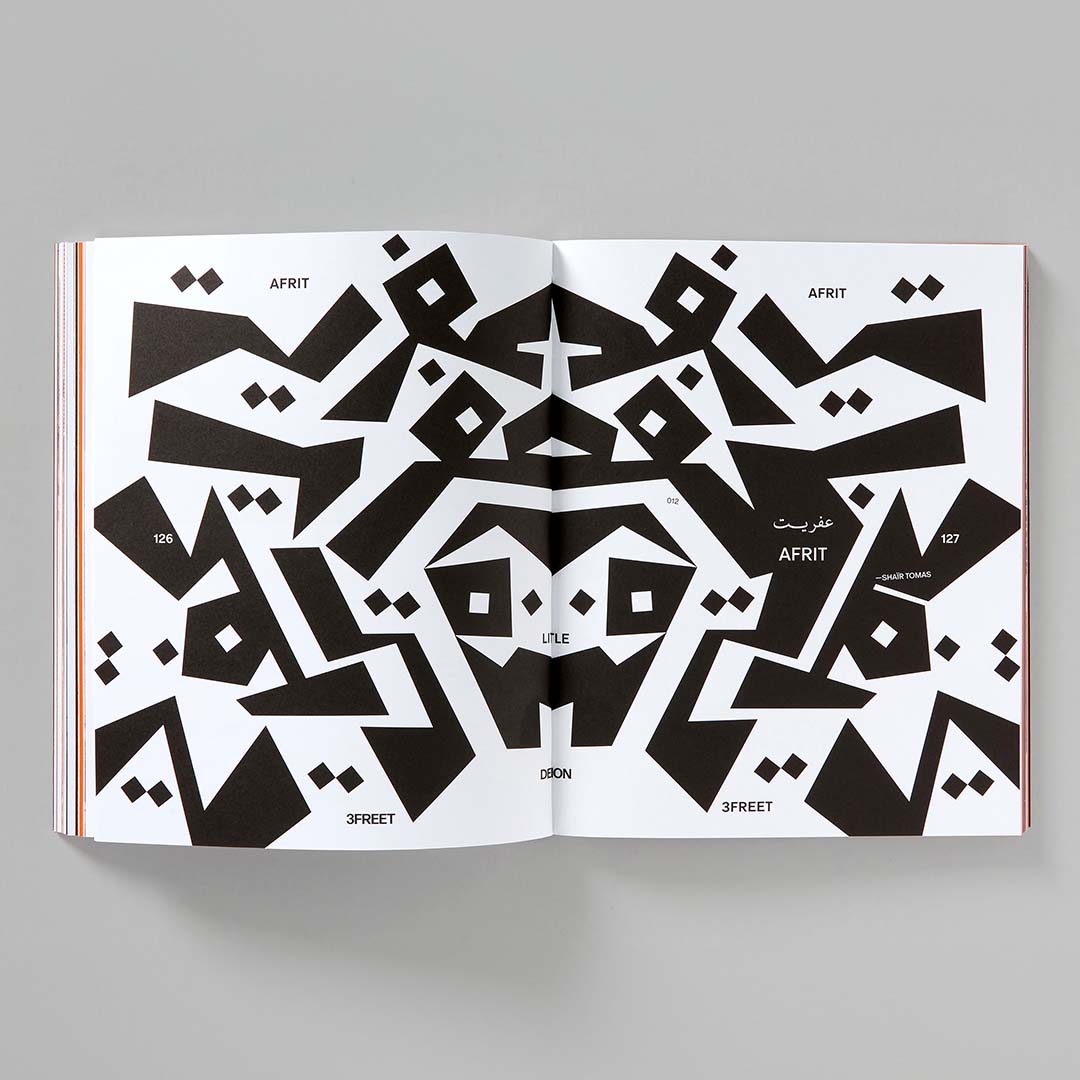
Courtesy: Samar Maakaroun
While Haraka Baraka reflects her values, another project marked a turning point in her creative practice. In 2014, Maakaroun collaborated with M&C Saatchi on Dubai’s first integrated destination brand. At the time, it was common to produce three separate logo versions: Arabic, English, and bilingual. However, this method felt disjointed and lacked authenticity.
“It was like creating three versions of one person,” she says. “And sometimes those versions didn’t relate to each other.”
She proposed a bold alternative: a unified identity that worked seamlessly in both languages. It took ten months of intensive work to develop a mark that was both strategically effective and culturally meaningful. The outcome marked a breakthrough and set the foundation for what she describes as co-creation, an approach that brings together two scripts, two cultures, and two perspectives in harmony.
“Real innovation doesn’t come from translating one world into another,” she says. “It comes from the space between them.”
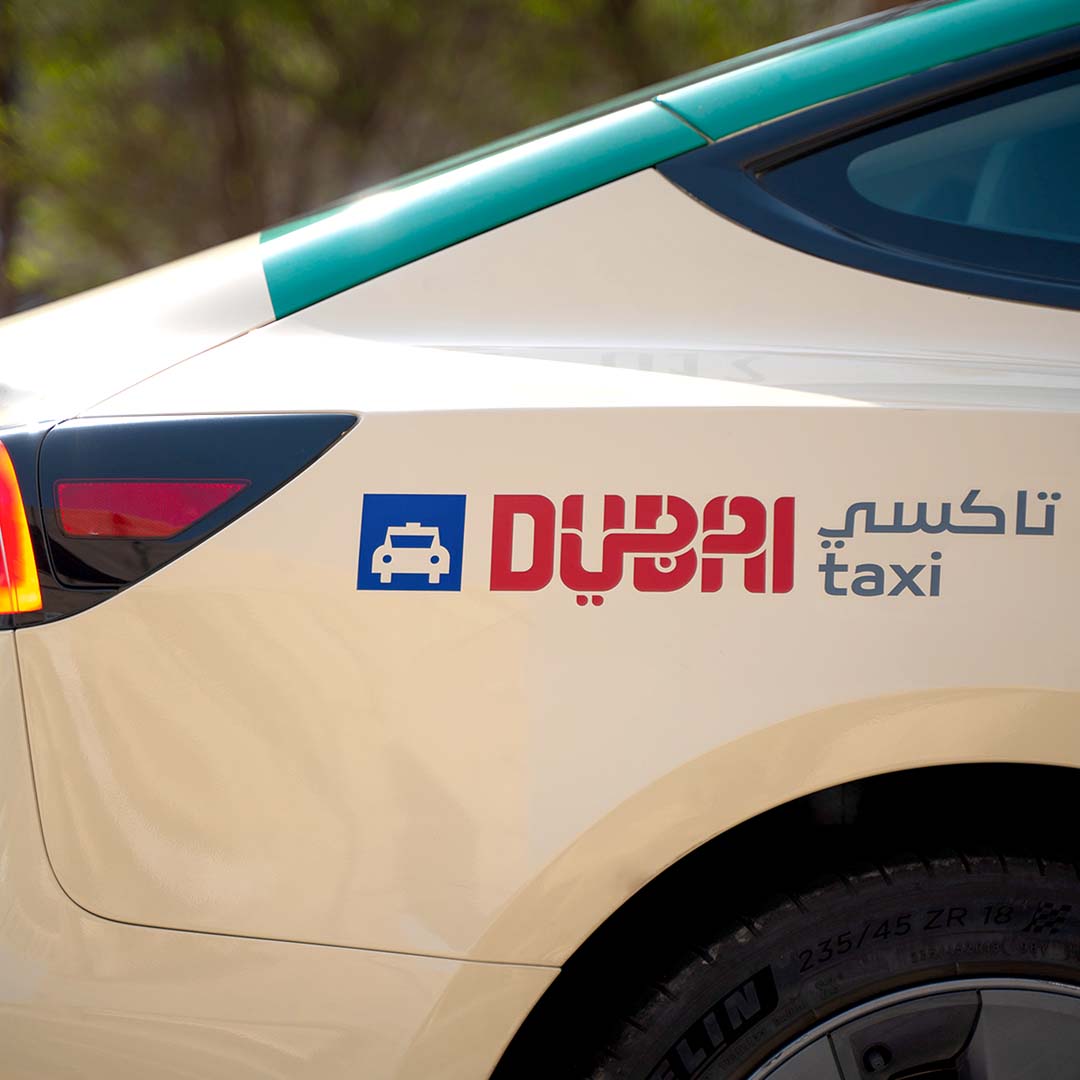
Courtesy: Samar Maakaroun
This belief has continued to influence her work. With hindsight, however, she acknowledges there is always room for refinement. If given the chance to revisit one project, it would be the Dubai brand. A decade later, she feels the concept still holds, but the execution could be updated to reflect current design sensibilities.
“It’s been copied many times since, which is flattering. But like many GCC projects, once the concept is approved, there’s pressure to move fast,” she explains. “Momentum often overrides craft.”
In the region, the pressure to launch quickly often leaves little room for refinement. For Maakaroun, the details—typography, materials, color, and testing across different media—give a brand its depth and lasting impact.
“Design lives in the details,” she says. “And today, I advocate for building in time for that craft. Educating clients on why the refinement phase is not optional, but essential.”
She now works closely with teams to ensure that brands are well-designed and carefully maintained. Their longevity depends on the people who bring them to life daily, from marketing teams to designers who safeguard their integrity.
Across her work, Maakaroun advocates for a vision of design that welcomes multiple languages, ideas, and identities. Her approach is thoughtful, joyful, and deeply human. In a world that often prioritizes simplicity, her work offers a compelling reminder that complexity can be embraced and designed with intention.







